“Serpents of Legend: 9 Mythical Snakes That Shaped Cultures”

Throughout human history, few creatures have stirred as much fear, fascination, and reverence as the snake. From sacred deities to evil tempters, from cosmic creators to deadly monsters, snakes slither through the myths and historical records of nearly every civilization on Earth.
Why do snakes appear so often in our oldest stories? Perhaps it’s their silent, graceful movement, their venomous power, or their ability to shed their skin, symbolizing death, rebirth, and transformation. Whether worshiped or feared, these serpents reflect deep truths about human psychology, belief, and storytelling.
Here are 9 of the most powerful snakes in mythology, legend, and recorded history, each with a legacy as long as their coils.
🐍 1. Nāga – Hindu and Buddhist Mythology
Origin: India, Southeast Asia
Nature: Divine, dualistic (protective and dangerous)
Symbolism: Water, fertility, protection, wisdom
In Hindu and Buddhist traditions, Nāgas are serpent deities—sometimes depicted as giant cobras, other times as human-serpent hybrids. They live in subterranean palaces called Nāga-loka and are guardians of rivers, rain, and treasures.
- The nāga Vasuki served as a churning rope during the Samudra Manthan, the cosmic churning of the ocean.
- In Buddhism, a nāga sheltered the Buddha during meditation, shielding him from rain and storms.
Their dual nature—both beneficial and potentially destructive—reflects the spiritual and natural power of water and snakes alike.
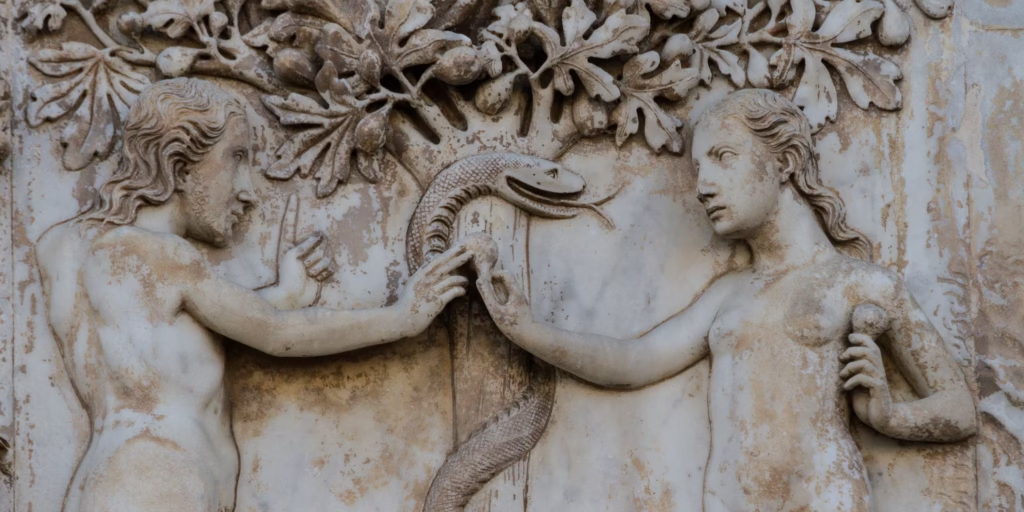
🐍 2. Jörmungandr – Norse Mythology
Origin: Scandinavia
Nature: Apocalyptic, world-encompassing
Symbolism: Chaos, destiny, cosmic balance
Also known as the Midgard Serpent, Jörmungandr is one of the children of the trickster god Loki. Cast into the sea by Odin, the serpent grew so large that it encircled the Earth, biting its own tail.
- At Ragnarök, the Norse end of days, Jörmungandr is fated to battle Thor. Though the thunder god will slay the serpent, he will die from its venom shortly after.
Jörmungandr represents the inescapable cycle of destruction and rebirth, and the terrifying power of nature and fate.
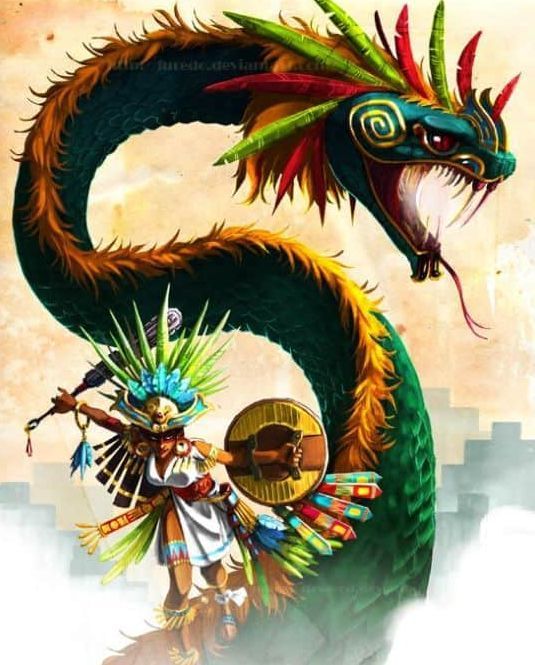
🐍 3. Apophis (Apep) – Ancient Egyptian Mythology
Origin: Ancient Egypt
Nature: Evil, chaos incarnate
Symbolism: Darkness, destruction, cosmic opposition
In Egyptian mythology, Apophis is a monstrous snake embodying chaos. Every night, he attempts to devour the sun god Ra as he travels through the underworld. The gods, especially Set, battle him nightly to ensure the sunrise.
- Apophis was feared but never worshipped. Ancient Egyptians performed rituals to curse and destroy him, such as burning effigies.
As a symbol, Apophis represents the eternal struggle between order and chaos, and the delicate balance required to maintain cosmic harmony.
🐍 4. Quetzalcoatl – Aztec and Mesoamerican Mythology
Origin: Mesoamerica
Nature: Benevolent, divine
Symbolism: Knowledge, wind, creation
Quetzalcoatl, the Feathered Serpent, is a powerful god in Aztec, Toltec, and Mayan mythology. As a god of wind, learning, fertility, and priesthood, he was one of the creators of humanity and helped establish the order of the world.
- Sometimes depicted with feathers and wings, Quetzalcoatl is a rare fusion of earth and sky.
- He taught agriculture, writing, and science—marking him as a god of civilization and progress.
He embodies the idea that serpents can be divine educators and cultural heroes, not just threats.
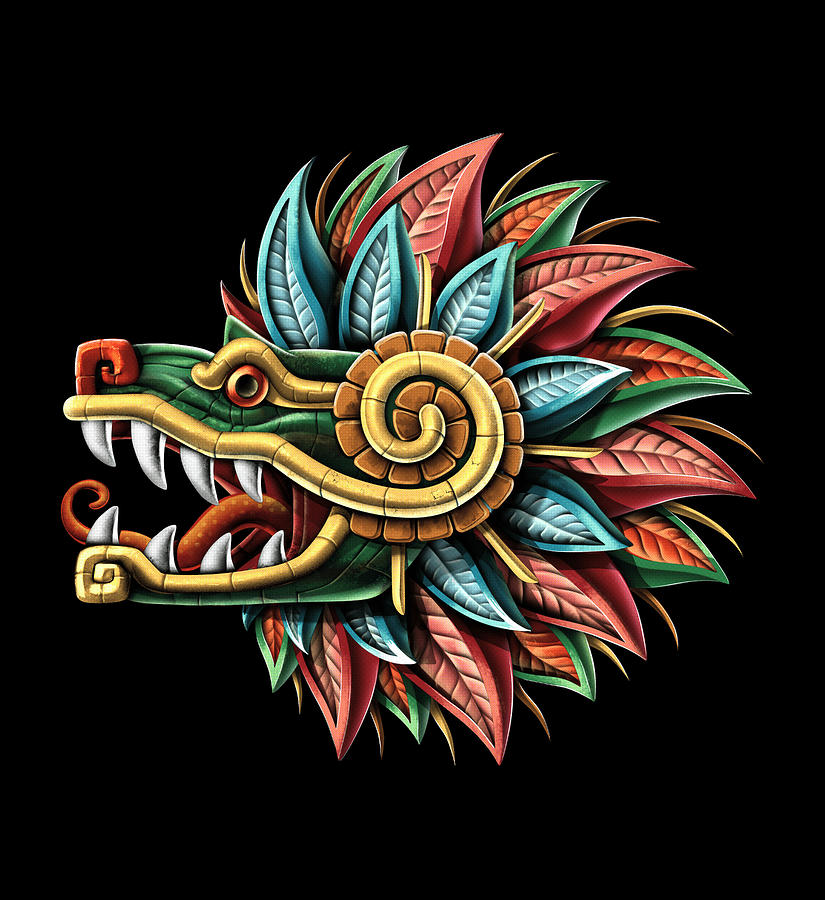
🐍 5. Python – Greek Mythology
Origin: Ancient Greece
Nature: Guardian, prophetic
Symbolism: Earth, oracles, chaos
Python was a massive serpent that guarded the oracle at Delphi, considered the center of the world by the Greeks. It was slain by Apollo, who then claimed the site and established the Delphic Oracle in his name.
- The serpent was associated with the primordial goddess Gaia, making the battle a symbolic shift from earth-based to sky-based deities.
The myth of Python reveals the transition of cultural power—from older earth-centered religions to newer patriarchal structures—and the sacral role of serpents in prophecy and wisdom.
🐍 6. The Serpent in the Garden of Eden – Abrahamic Religions
Origin: Hebrew Bible (Genesis)
Nature: Tempting, cunning
Symbolism: Knowledge, temptation, sin
Perhaps the most infamous snake in Western culture, the serpent in the Garden of Eden convinces Eve to eat the forbidden fruit from the Tree of Knowledge. This act brings about the Fall of Man, original sin, and exile from paradise.
- Traditionally interpreted as Satan in disguise, though not explicitly named in Genesis.
- Represents the snake as a symbol of temptation, danger, and forbidden wisdom.
The Eden serpent contributed to the negative view of snakes in Christian tradition, which has echoed through Western art, literature, and symbolism.
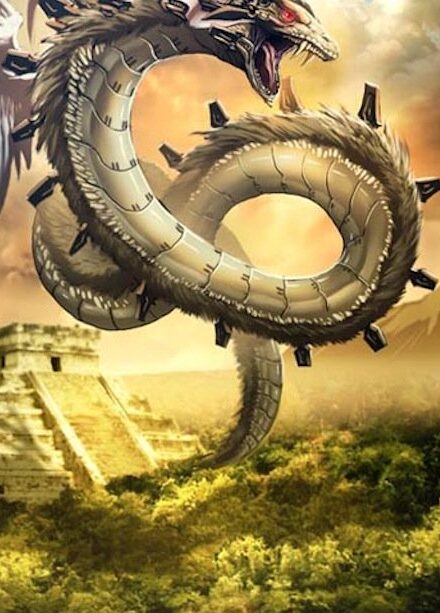
🐍 7. The Rainbow Serpent – Aboriginal Australian Mythology
Origin: Indigenous Australia
Nature: Creative, sacred
Symbolism: Water, creation, fertility, ancestral power
The Rainbow Serpent is one of the most important figures in Dreamtime stories, believed to have shaped the landscape and created rivers and mountains. It controls water sources and fertility and can bring both life and destruction.
- Often viewed as both male and female, embodying duality.
- Revered across multiple Aboriginal cultures under various names and forms.
As a creator deity, the Rainbow Serpent is a powerful symbol of natural forces, the cycle of life, and the deep spiritual bond between people and land.
🐍 8. Medusa – Greek Mythology
Origin: Ancient Greece
Nature: Monstrous, tragic
Symbolism: Feminine rage, danger, power
While not a snake herself, Medusa had a head of living snakes and a gaze that turned people to stone. Once a beautiful maiden, she was transformed into a monster by Athena after being assaulted by Poseidon in her temple.
- Slain by Perseus, who used her severed head as a weapon.
- Over time, Medusa became a feminist icon, symbolizing suppressed rage and protective power.
Her snakes represent danger, transformation, and primal fear—as well as a warning against injustice and violation.
🐍 9. Basilisk – Medieval European Folklore
Origin: Roman and Medieval Europe
Nature: Deadly, supernatural
Symbolism: Death, invincibility, fear
Known as the “King of Serpents”, the Basilisk was a mythical snake so venomous that its gaze—or breath—could kill. Often born from the egg of a rooster incubated by a toad or serpent, it was associated with alchemical texts and medieval bestiaries.
- Only a weasel or the sound of a rooster could kill it.
- Mentioned in Pliny the Elder’s Natural History and feared throughout medieval Europe.
The Basilisk reflects medieval anxieties about sin, decay, and divine punishment.
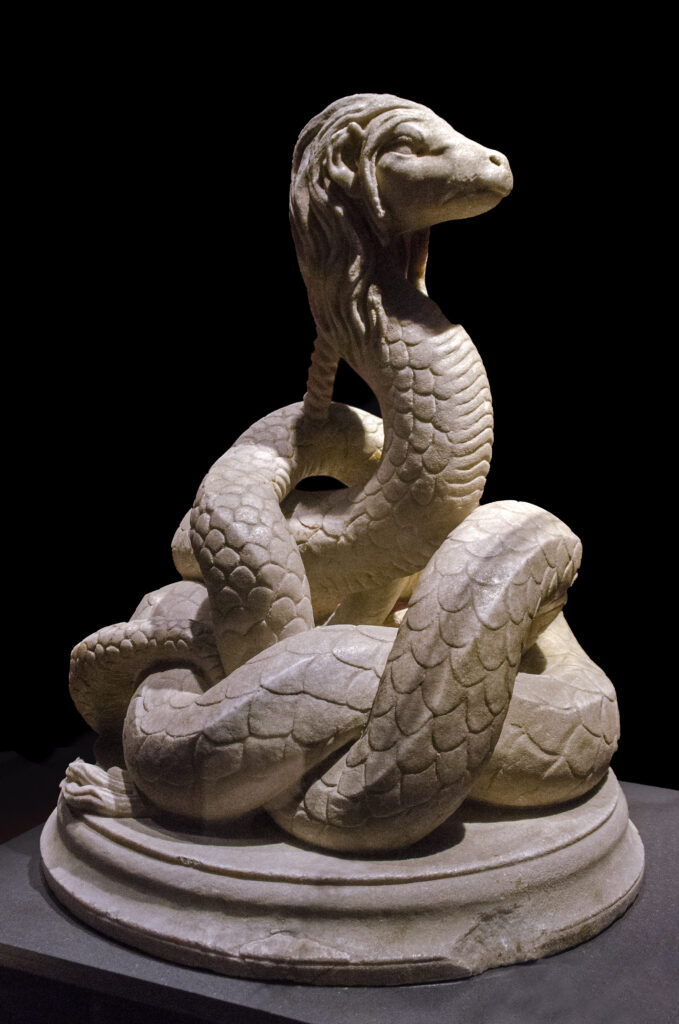
🧠 Conclusion
From the primordial chaos of Apophis to the divine wisdom of Quetzalcoatl, snakes occupy a unique space in mythology. They are dual creatures—life-bringers and death-dealers, sacred and profane, male and female. Whether as gods, monsters, or teachers, these powerful serpents remind us of the ancient roots of our fears, our hopes, and our desire to explain the mysteries of the world.




